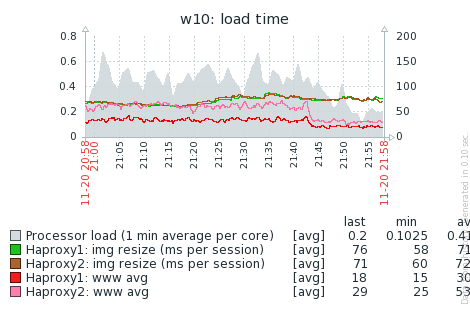5 best practices to innovate at speed in the Cloud: Tip #4 Perform faster root cause analysis thanks to data lineage
Like any supply chain that aspires to be lean and frictionless, data chains need transparency and traceability. There is a need for automated data lineage to understand where data comes from, where does it go, how it is processed and who consumes it. There is also a need for whistle blowers for data quality or data protection and for impact analysis whenever change happens.









